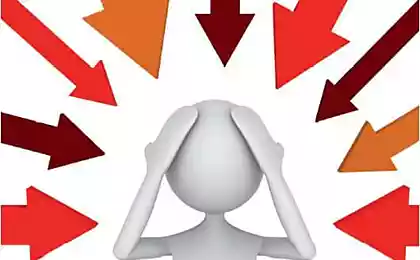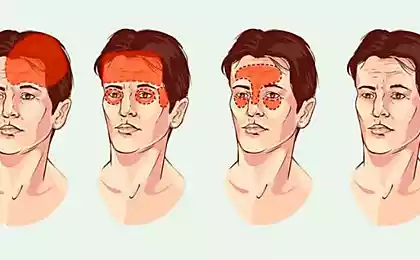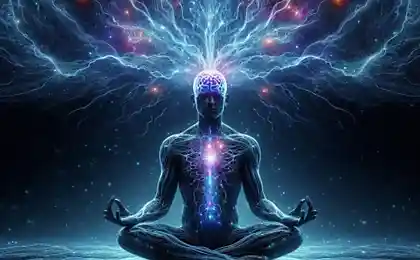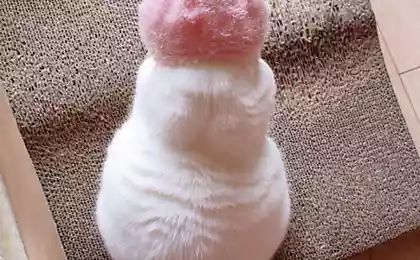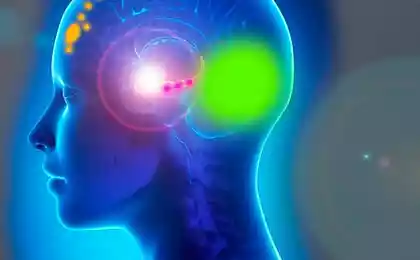311
How do you release pain? Psychological techniques
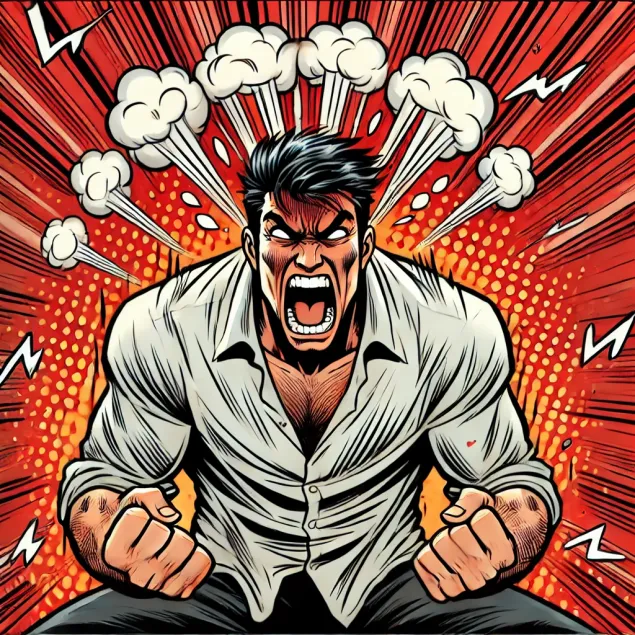
The negative experiences we experience tend to accumulate. This process is not noticeable at first glance, but over time it can lead to emotional exhaustion, stress and even physical illness. Many of us face the difficulty of getting rid of the pain that accumulates in our minds and bodies. How to release the pain that has become a heavy burden on your shoulders and regain harmony? In this article, we will look at an effective psychological technique that helps to free yourself from emotional trauma and give yourself a chance for a new, easier path.

Ecology of life: Why are we accumulating pain?
The emotions we experience don’t disappear on their own. Negative experiences such as anger, pain, shame, anxiety tend to linger in the body and mind if they do not find a way out. This may be because we avoid or suppress our feelings by not addressing them in time. As these emotions accumulate, they create internal blocks that begin to interfere with normal functioning. The longer we do not let go of our pain, the harder it becomes to cope with it, and the more it affects our psycho-emotional and physical state.
Psychologists claim that many physical illnesses, such as headaches, insomnia, back pain and stomach pain, can be associated with unexpressed emotions. This phenomenon is called psychosomatics. Therefore, it is very important to learn to work with emotions, and not to keep them inside. And one of the most effective techniques for releasing pain is psychological practice, which helps not only to get rid of negative experiences, but also to restore inner harmony.
How to Release Pain: 5 Steps to Emotional Release
1. Admitting pain
The first and most important step to healing is recognizing pain. We often avoid being aware of our true feelings because we fear they will destroy us. But it’s important to understand that ignoring pain doesn’t solve the problem. It continues to find its way through somatic symptoms or outbursts of negative emotions. Recognizing that you are in pain is not a sign of weakness, but a step toward healing. When we recognize and accept our feelings, we give ourselves permission to experience and forgive them.
2. Liberation through expression of feelings
One of the most effective ways to deal with pain is to express your feelings. We are often used to restraining emotions for fear that it will be perceived as weakness or unworthy behavior. However, the suppression of emotions is the way to their accumulation and internal tension. Emotions need to be released, and this can be done through various ways of expression: writing, through drawing, music, or even talking to a loved one. Write down everything that bothers you, tell someone about it, or just spend a few minutes expressing your emotions alone.
3. Liberation through physical action
When the emotional pain becomes too severe, it’s important to give the body a chance to release energy. Physical activity is a great way to throw away accumulated emotions and tension. Regular workouts, yoga, dancing, outdoor walks, or even simple stretching help relieve emotional stress. This is not only physical, but also psycho-emotional liberation. When the body relaxes, the pain begins to let us go.
4. Breathing practices and meditation
Breathing is not only a physical function but also a way of managing emotions. Breathing practices help not only to relax, but also to put thoughts in order, freeing them from pain and tension. One simple and effective way is to breathe with a focus on sensations in the body. Take a deep breath, then slowly exhale, imagining how the pain goes out with the air. Repeat several times, focusing on the sensations. Meditations focused on letting go of tension and pain can also be a powerful tool for releasing negative experiences.
5. Forgiveness as a Path to Healing
Forgiveness is a key element in the process of releasing pain. Most often, pain arises because of resentments that we hold within ourselves without letting them go. Forgiveness does not mean justifying another person’s actions, but freeing ourselves from the burdens we carry. It is an act of self-compassion that frees the heart and mind from negative thoughts and experiences. Forgiveness is not about making the other person right, but about finding inner peace and harmony.
Psychological technique: how to let go of pain
There is one very effective psychological technique that will help you learn to let go of pain and release negative experiences. This technique is called “letting go through forgiveness.” To do this, you will need to sit in a quiet place, close your eyes and focus on your feelings. Then mentally imagine the person who hurt you and imagine how you “let go” of his or her situation. Imagine how you free yourself from resentment and how your body is filled with light and warmth.
When you realize that you are ready to let go of pain and resentment, imagine how your chest is filled with light and that light begins to push out the pain. Breathe deeply and imagine how each breath brings with it liberation, and each breath carries away everything heavy and dark.
How does this technique change your life?
Using this technique helps you not only to get rid of pain, but also to restore internal balance. This allows you to open up to new possibilities, get rid of emotional blocks, and return to a natural state of peace and joy. Pain relief also helps improve physical health, as emotional blocks can cause physical problems such as headaches, tension in the neck and shoulders, insomnia, and other stress symptoms.
Conclusion
Pain is a natural part of human life and it is important to learn how to deal with it. The release of pain through forgiveness and conscious practices helps not only to get rid of the emotional burden, but also to build a harmonious relationship with yourself and others. This process takes time and patience, but it is bound to lead to profound changes in your life. Fill your life with light, freeing yourself from pain and resentment, and you will feel inner peace and joy return to you.
Resentment is an overwhelming burden: How to learn to forgive
Careful, depreciation! How women devalue men and suffer from it themselves






